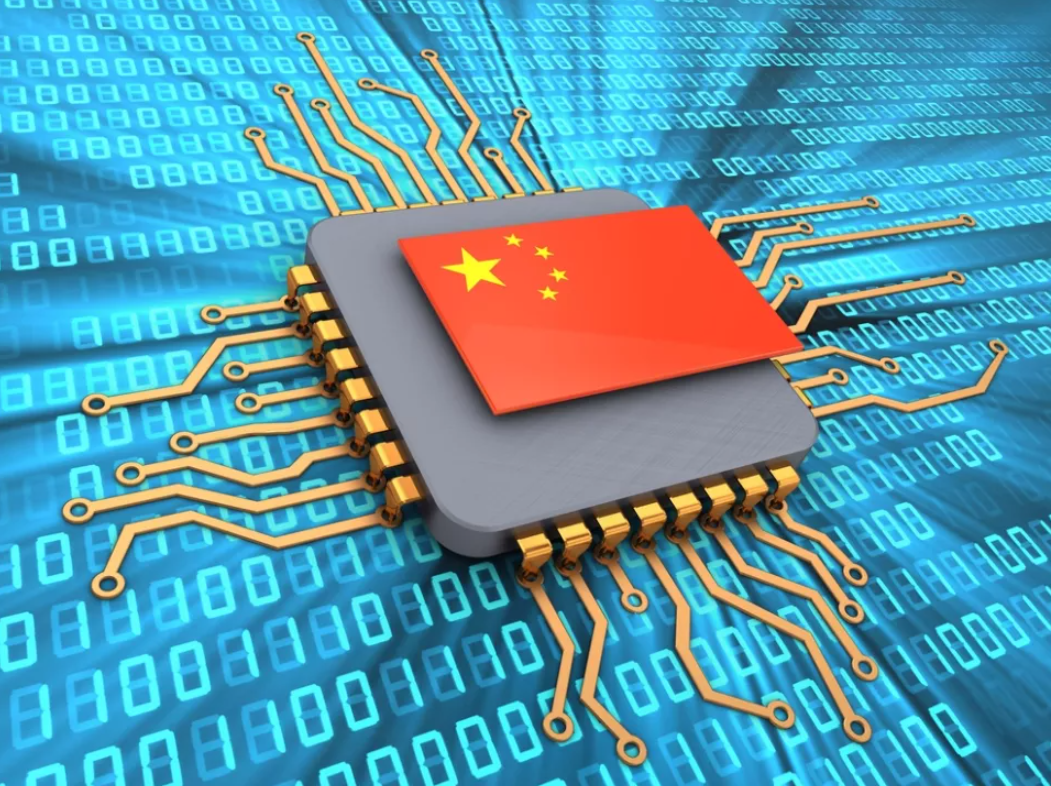US Moves to Cut Off Chinese Chipmaker SMIC With New Sanctions
Cutting the strings

The US governments' attempts to cripple Huawei's business have wreaked havoc on the company, but those efforts are part of a broader, concerted and long-standing strategy to deny China access to critical chipmaking technology. That strategy entered a new stage today as, according to Reuters and the Financial Times, the US slapped SMIC, China's largest chipmaker, with sanctions that will prevent it from attaining critically-needed equipment and design tools.
The US government cites the potential use of the chipmaker's products in military applications as the rationale behind the decision. The new export controls bar software and equipment providers, like Lam Research, KLA Corp, and Applied Materials, from doing business with the company.
The new sanctions intensify the already-existing sanctions against SMIC, which previously only affected end products. The export sanctions now target materials used to make chips, too. However, the US government did stop short of adding SMIC to the entity list. Instead, suppliers have to apply for individual "military end user" licenses that are far less likely to be approved. Interestingly, US-based Qualcomm is also an SMIC customer, so it will likely suffer from the sanctions, too.
The sanctions come in the wake of the collapse of China's HSMC, another Chinese fab that had $18.5 billion in funding and 7nm production lines under construction. HSMC went bankrupt due to increasing costs that were complicated by a land dispute.
That left SMIC as the only premier chip producer in China with a pathway to leading-edge node production. SMIC currently produces 6,000 14nm wafers a month but plans to expand to 35,000 wafers per month by the end of the year.
Bernstein Research estimates that up to 20% of SMIC's revenue already comes from Huawei, but after TSMC was recently barred from producing chips for Huawei, the company reportedly turned to SMIC to produce more of its chips.
SMIC is also currently on the path to producing 7nm chips in the fourth quarter of 2020, bringing it one step closer to established rivals like TSMC, Intel, and Samsung. Those plans are obviously now in peril.
Get Tom's Hardware's best news and in-depth reviews, straight to your inbox.

Paul Alcorn is the Editor-in-Chief for Tom's Hardware US. He also writes news and reviews on CPUs, storage, and enterprise hardware.
-
InvalidError Wonder how close to 7nm SMIC could get by scavenging HSMC's stuff, unless that has already been done.Reply
Well, sanctions against China are merely delaying the inevitable by forcing the CCP to re-invent the tech in-house and further insulate itself from external roadblocks. Keeping China in check is going to get difficult once it achieves end-to-end technological independence.